Home>Garden Essentials>How To Make Potting Soil Mix
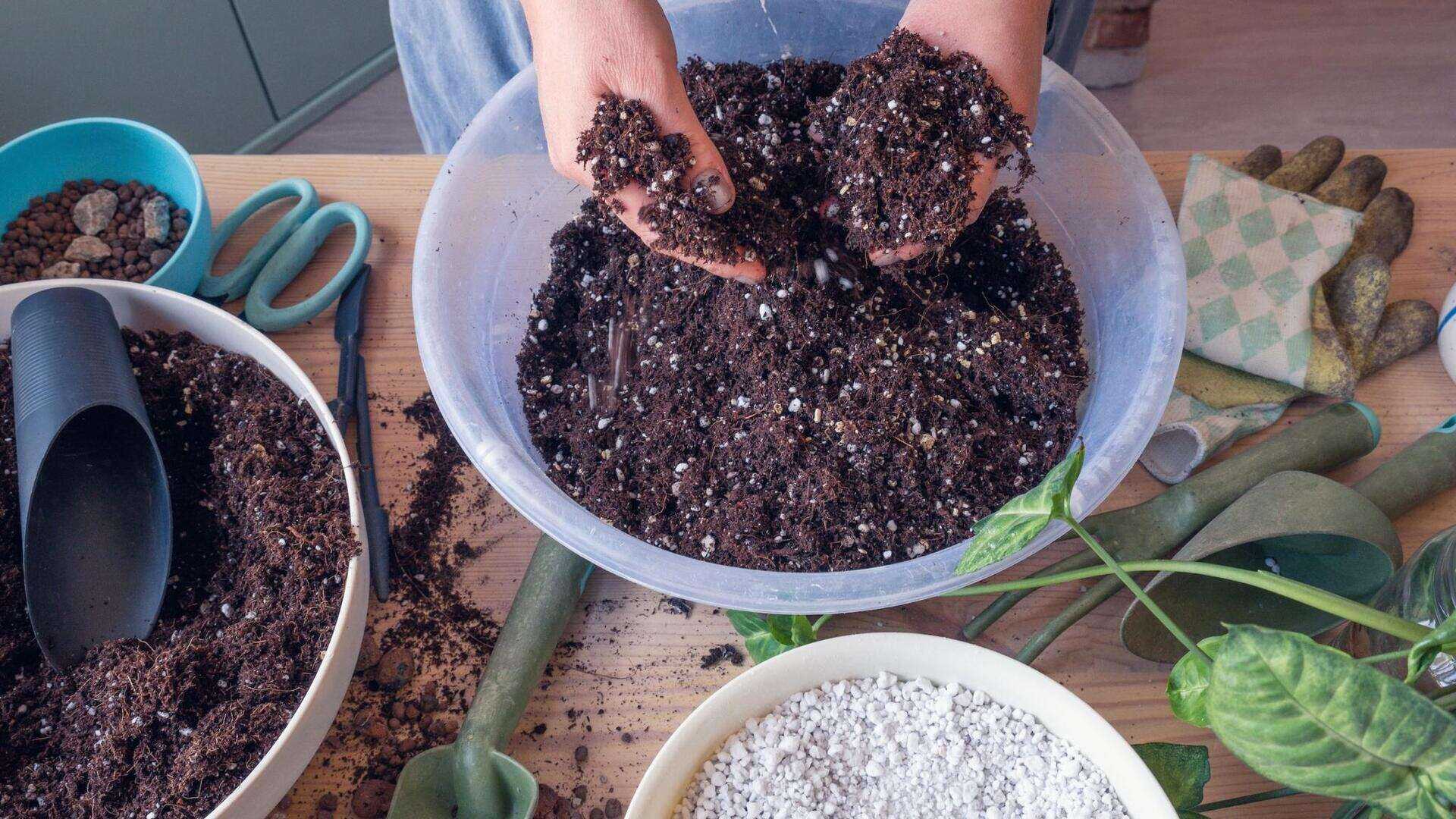

Garden Essentials
How To Make Potting Soil Mix
Modified: March 15, 2024
Learn how to make your own potting soil mix for your garden. Enhance your gardening experience with this easy step-by-step guide.
(Many of the links in this article redirect to a specific reviewed product. Your purchase of these products through affiliate links helps to generate commission for Storables.com, at no extra cost. Learn more)
Introduction
Welcome to the wonderful world of gardening! Whether you’re a seasoned green thumb or just starting out, having the right potting soil mix is essential for the success of your plants. Making your own potting soil mix not only allows you to tailor it to your specific gardening needs but also gives you the satisfaction of creating something from scratch. In this article, we will explore the art of making potting soil mix and provide you with a step-by-step guide to get started.
When it comes to growing plants, the soil plays a vital role in providing nutrients, moisture retention, and proper drainage. Potting soil, also known as potting mix, is a specially formulated medium that provides the ideal environment for plants to thrive in containers. Unlike regular garden soil, potting soil is designed to be lightweight, well-draining, and rich in organic matter. It allows plants to have access to the necessary nutrients and water while ensuring proper aeration for healthy root development.
Understanding the components of potting soil mix is crucial for creating the perfect blend. The key ingredients typically include a base material, organic matter, and amendments. The base material ensures proper drainage and adds bulk to the mix, while organic matter improves moisture retention and provides essential nutrients.
Now, let’s take a closer look at the ingredients required for making potting soil mix.
Key Takeaways:
- Create custom potting soil mix for healthy plants
Tailor potting soil mix to your plants’ needs for optimal growth. Experiment with ingredients and ratios to find the perfect blend. - Proper use and storage of potting soil mix
Choose containers with drainage, pre-water soil, and store in a cool, dry place. Refresh mix with compost for continued plant health.
Read more: How To Make A High Acid Potting Soil Mix
Understanding Potting Soil Mix
Potting soil mix is more than just dirt—it’s a carefully balanced blend of various ingredients that create the perfect growing medium for container plants. Understanding the components of potting soil mix will help you make informed choices and create a mix that suits the specific needs of your plants.
1. Base Material: The base material provides structure and drainage in the potting soil mix. Common base materials include vermiculite, perlite, and sand. Vermiculite is a lightweight mineral that retains moisture, while perlite is a volcanic rock that promotes drainage. Sand, on the other hand, adds weight and improves the overall texture of the mix.
2. Organic Matter: Organic matter is a crucial component of potting soil mix as it provides essential nutrients to plants. It also helps retain moisture and improves soil structure. Compost, well-rotted manure, and peat moss are commonly used organic matter in potting soil mix. Compost and manure add nutrients and improve soil fertility, while peat moss enhances moisture retention and aeration.
3. Amendments: Amendments are added to the potting soil mix to address specific needs or deficiencies. These can include materials such as limestone, sulfur, or gypsum to adjust pH levels, and bone meal or fish meal to provide additional nutrients. Other amendments, such as crushed eggshells or composted leaves, can also be used to add extra organic matter to the mix.
4. Supplementary Additions: Depending on the type of plants you are growing, you may need to add supplementary ingredients to the potting soil mix. For example, if you’re growing acid-loving plants like azaleas or blueberries, you might mix in some pine bark or sphagnum moss to increase the acidity of the soil.
It’s important to note that while potting soil mix contains these key components, the ratios can vary depending on the specific needs of your plants. Some plants require a well-draining mix, while others thrive in moisture-retentive soils. Experimenting with different ratios and ingredients will help you find the perfect blend for your plants’ needs.
Now that you have a better understanding of the components involved in potting soil mix, let’s move on to the step-by-step process of making your own mix in the next section.
Ingredients for Making Potting Soil
When it comes to making your own potting soil, having the right ingredients is key. While there are variations in recipes depending on plant preferences and specific growing conditions, here are the essential ingredients you’ll need to create a basic potting soil mix:
- Base Material: Choose one or a combination of the following base materials: vermiculite, perlite, or sand. Vermiculite is a lightweight, mineral-based material that retains moisture. Perlite is a volcanic rock that provides excellent drainage. Sand adds weight to the mix and improves overall texture. The ratio of base material to other ingredients will depend on the specific needs of your plants and the desired level of moisture retention or drainage.
- Organic Matter: Include organic matter in your potting soil mix to enrich it with nutrients and improve moisture retention. Compost is a fantastic organic material that adds nutrients and improves soil fertility. Well-rotted manure is another excellent choice, as it releases nutrients slowly over time. Peat moss is also commonly used as it retains moisture and helps with aeration. You can adjust the ratio of organic matter based on the needs of your plants and the moisture retention desired.
- Amendments: Depending on your plants’ requirements, you may need to include amendments to adjust the pH level or provide additional nutrients. Common amendments include limestone or sulfur to raise or lower pH levels, gypsum to improve drainage, and bone meal or fish meal for added nutrients. The specific amendment and quantities will depend on your plants’ needs and the results of a soil test.
- Supplementary Additions: Depending on the plants you’re growing, you may also consider including supplementary ingredients. For example, if you’re growing plants that prefer acidic soil, such as azaleas or blueberries, you can add pine bark or sphagnum moss to increase acidity. Similarly, for plants that require excellent drainage, you can incorporate materials like coarse sand or finely crushed gravel into the mix.
Remember, the quantities and ratios of these ingredients will vary depending on the specific requirements of your plants and your desired potting soil mix characteristics. It’s always a good idea to experiment and adjust the recipe based on how well your plants thrive in the mix.
Now that we have a list of the essential ingredients, let’s move on to the step-by-step guide to making your own potting soil mix in the next section.
When making potting soil mix, use a combination of peat moss, perlite, and compost for good drainage and nutrient retention. Adjust the ratios based on the specific needs of your plants.
Step-by-Step Guide to Making Potting Soil Mix
Creating your own potting soil mix is not only rewarding but also allows you to customize the blend to suit the specific needs of your plants. Follow this step-by-step guide to make your own potting soil mix:
- Gather Your Ingredients: Collect all the necessary ingredients for your potting soil mix, including the base material, organic matter, amendments, and any supplementary additions you plan to include.
- Calculate Ratios: Determine the ratios of each ingredient based on the needs of your plants and the desired characteristics of your potting mix. You can start with a general guideline of 50-60% base material, 20-30% organic matter, and 10-20% amendments, adjusting as necessary.
- Prepare the Base Material: If you’re using vermiculite or perlite as your base material, there’s no need for further preparation. If you’re using sand, make sure it is clean and free from any contaminants or debris.
- Combine Ingredients: In a large container or wheelbarrow, mix the base material, organic matter, and amendments together. Use a shovel or your hands to ensure thorough blending.
- Moisten the Mix: Gradually add water to the mix while stirring. Aim for a moist, crumbly consistency. Be careful not to make the mix too wet, as excessive moisture can lead to fungal growth or root rot.
- Test and Adjust: Take a small handful of the potting soil mix and squeeze it in your hand. If it holds its shape and crumbles easily when touched, it’s in the right moisture range. If it feels too dry, add more water; if it feels too wet, add more base material or organic matter to improve drainage.
- Store and Use: Transfer the potting soil mix to a clean, airtight container or bag. Label it with the date and contents for future reference. Store it in a cool, dry place until ready to use.
Remember, the quality of your potting soil mix will greatly impact the health and growth of your plants. Regularly monitor the moisture levels and adjust as needed. Additionally, feel free to experiment with different ingredients and ratios to find the perfect blend that works best for you and your plants.
Now that you have learned how to make your own potting soil mix, let’s move on to some tips for using and storing it in the next section.
Tips for Using and Storing Potting Soil Mix
Now that you have created your own potting soil mix, it’s important to know how to use and store it properly to maximize its effectiveness. Here are some helpful tips:
- Choose the Right Containers: Select containers that have drainage holes to prevent waterlogging. This allows excess water to drain out, preventing root rot and other moisture-related issues. Containers with a saucer or tray to collect runoff water can also be beneficial.
- Pre-Water Containers: Before filling containers with your potting soil mix, thoroughly water them to ensure the soil is moist. This helps prevent dry pockets and ensures the mix settles properly.
- Fill Containers: Fill your containers with the potting soil mix, leaving about an inch of space at the top for easy watering. Gently firm the soil but avoid compacting it too tightly, as this can hinder root growth and water drainage.
- Planting: Make a hole in the center of the container or create a well for placing your plant. Carefully remove the plant from its nursery pot, gently loosen the roots if necessary, and place it in the hole. Fill the gaps with the potting soil mix and firmly press it around the plant to provide support.
- Watering: After planting, thoroughly water your plants until water drains out of the container’s drainage holes. This helps settle the soil and ensures the plant’s roots make good contact with the mix. In the future, water your plants as needed, depending on their moisture requirements.
- Storing: Proper storage of your potting soil mix is essential to maintain its quality. Keep it in a cool, dry place to prevent mold or mildew growth. Moisture can affect the texture and nutrient content of the mix, so ensure the storage area is not exposed to excess humidity or water.
- Reuse and Refresh: Over time, the nutrients in the potting soil mix will deplete. To keep the mix fertile, you can add compost or organic fertilizers periodically. You can also reuse the mix for multiple growing seasons, but it’s recommended to refresh and amend it before each use to maintain optimal plant health.
By following these tips, you can ensure that your potting soil mix provides the best growing environment for your plants. Remember to monitor your plants’ water and nutrient needs regularly and make adjustments as necessary.
Congratulations! You are now equipped with the knowledge to create and use your own potting soil mix. With a little trial and error, you’ll discover the perfect blend for your plants, leading to healthy and thriving garden containers.
Happy gardening!
Read more: How To Make Soil Mix For Cactus
Conclusion
Creating your own potting soil mix is a rewarding and cost-effective way to provide the best growing conditions for your container plants. By understanding the components and ratios of the mix, you can customize it to suit the specific needs of your plants and ensure their success.
Throughout this article, we have explored the importance of potting soil mix and discussed the key ingredients, including the base material, organic matter, amendments, and supplementary additions. We have also provided a step-by-step guide on how to make your own potting soil mix, along with helpful tips for using and storing it.
By making your own potting soil mix, you have the flexibility to adjust the drainage, moisture retention, and nutrient content to create the ideal environment for your plants. This allows you to optimize plant growth and ensure healthy root development.
Remember to monitor your plants regularly for signs of nutrient deficiencies or excess moisture and make the necessary adjustments. Additionally, be open to experimenting with different ratios and ingredients to find the perfect mix for different types of plants and growing conditions.
Now that you have the knowledge and confidence to create your own potting soil mix, it’s time to put your green thumb to work! Enjoy the journey of gardening and the satisfaction of nurturing your plants from seed to maturity.
May your garden be filled with vibrant and thriving plants!
Frequently Asked Questions about How To Make Potting Soil Mix
Was this page helpful?
At Storables.com, we guarantee accurate and reliable information. Our content, validated by Expert Board Contributors, is crafted following stringent Editorial Policies. We're committed to providing you with well-researched, expert-backed insights for all your informational needs.
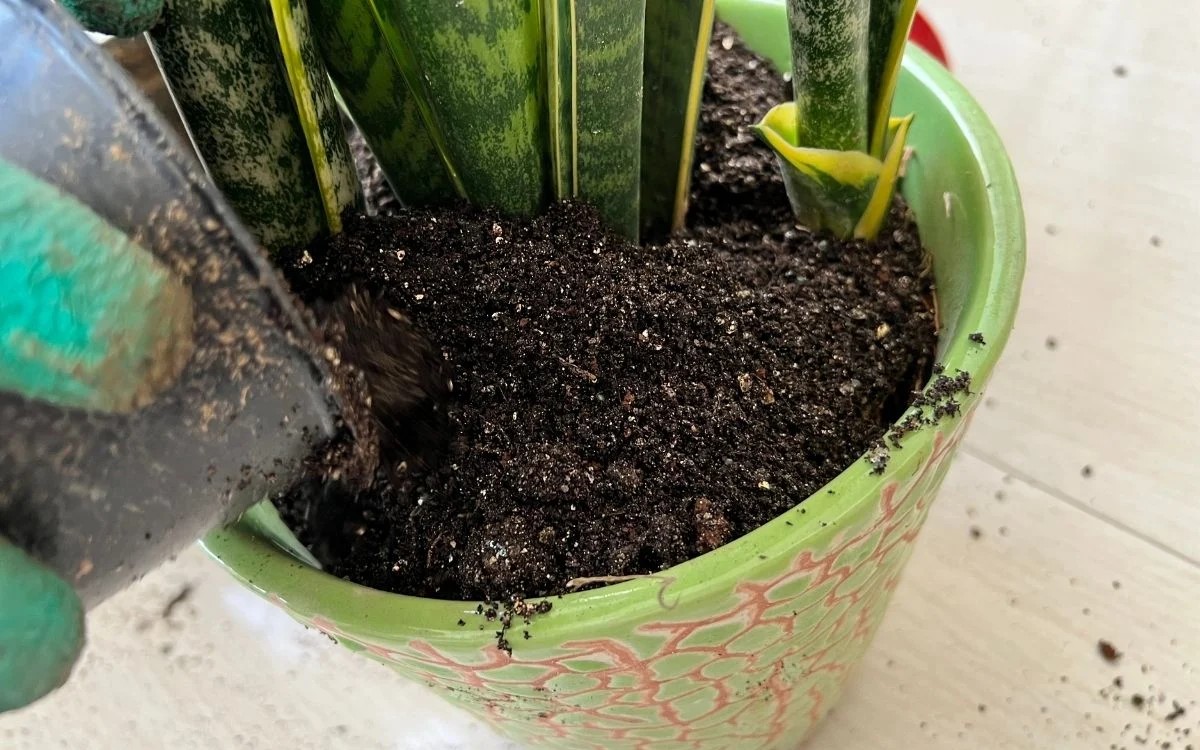
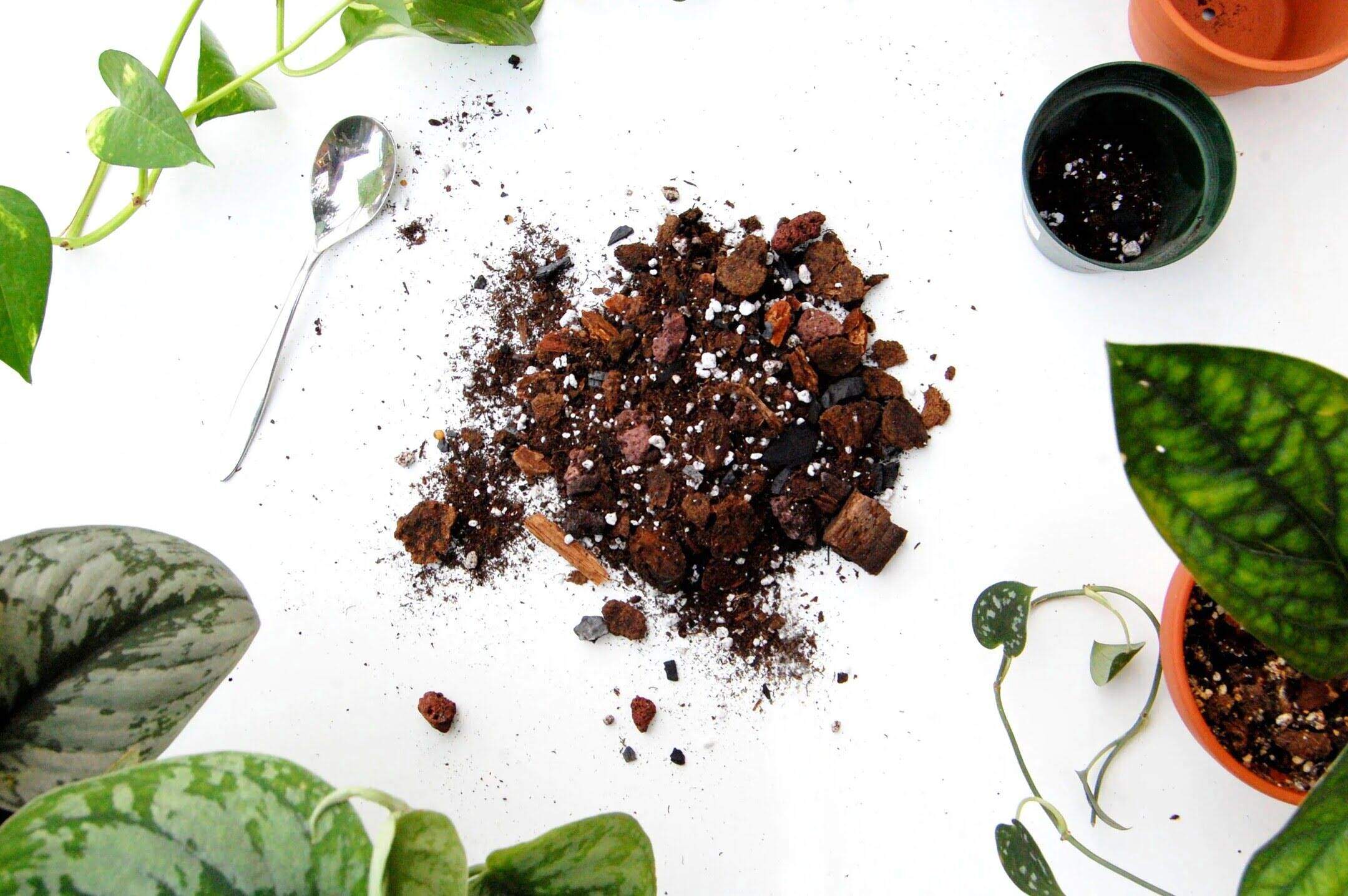
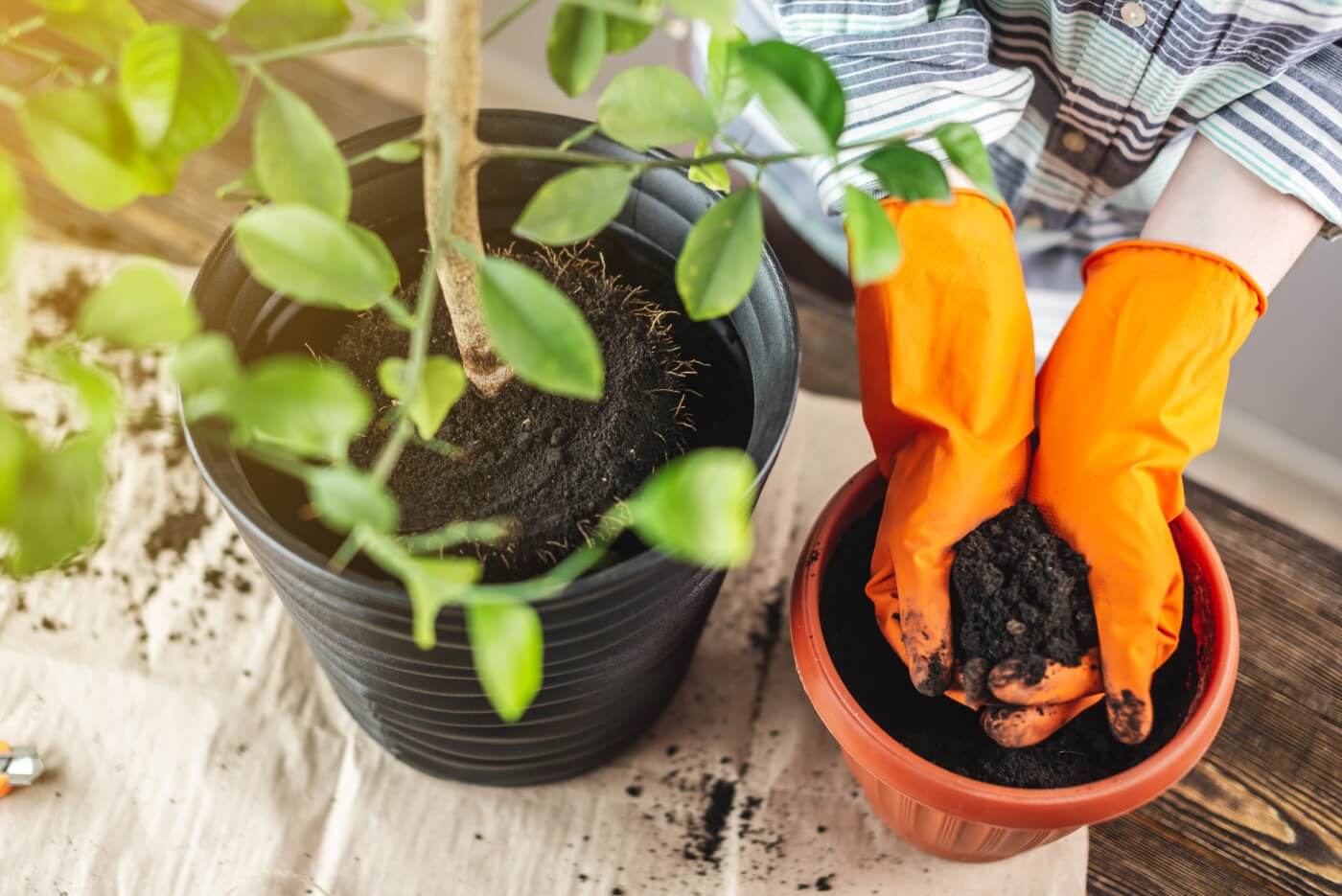
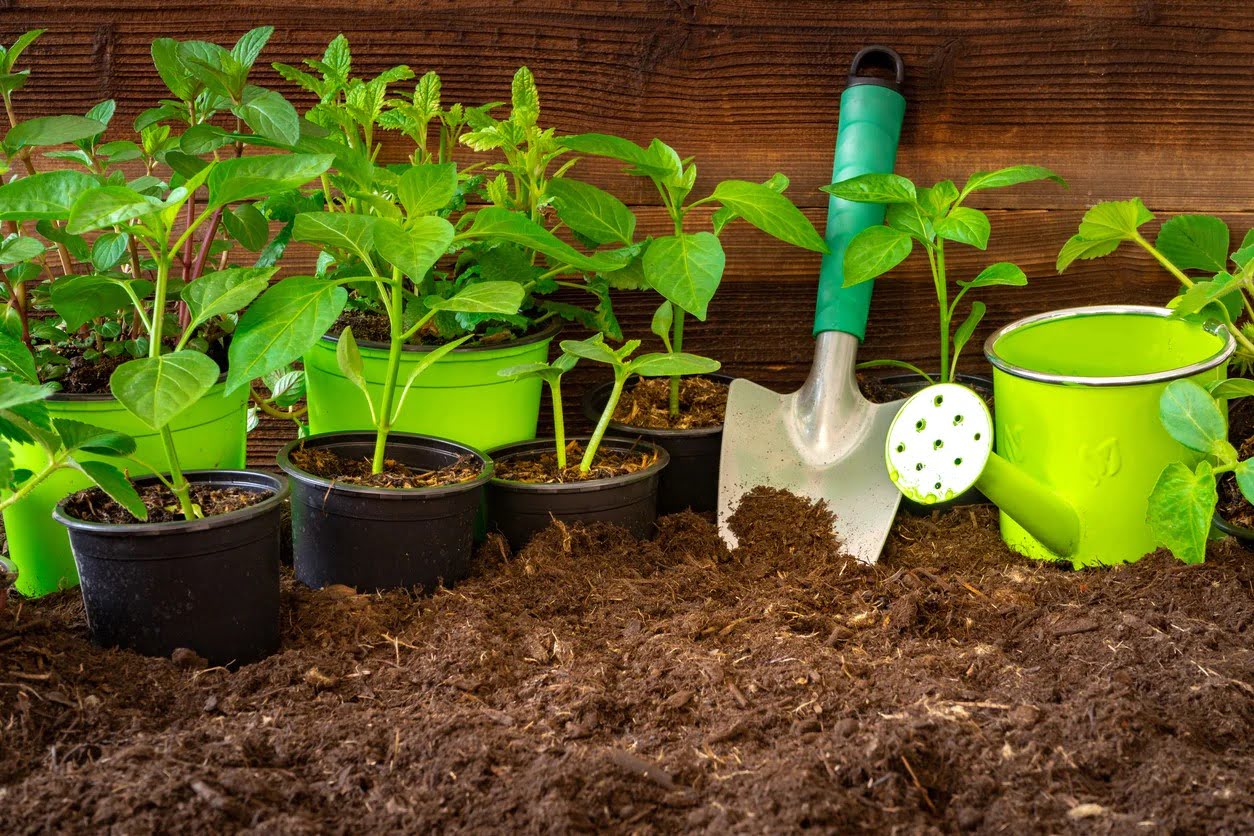
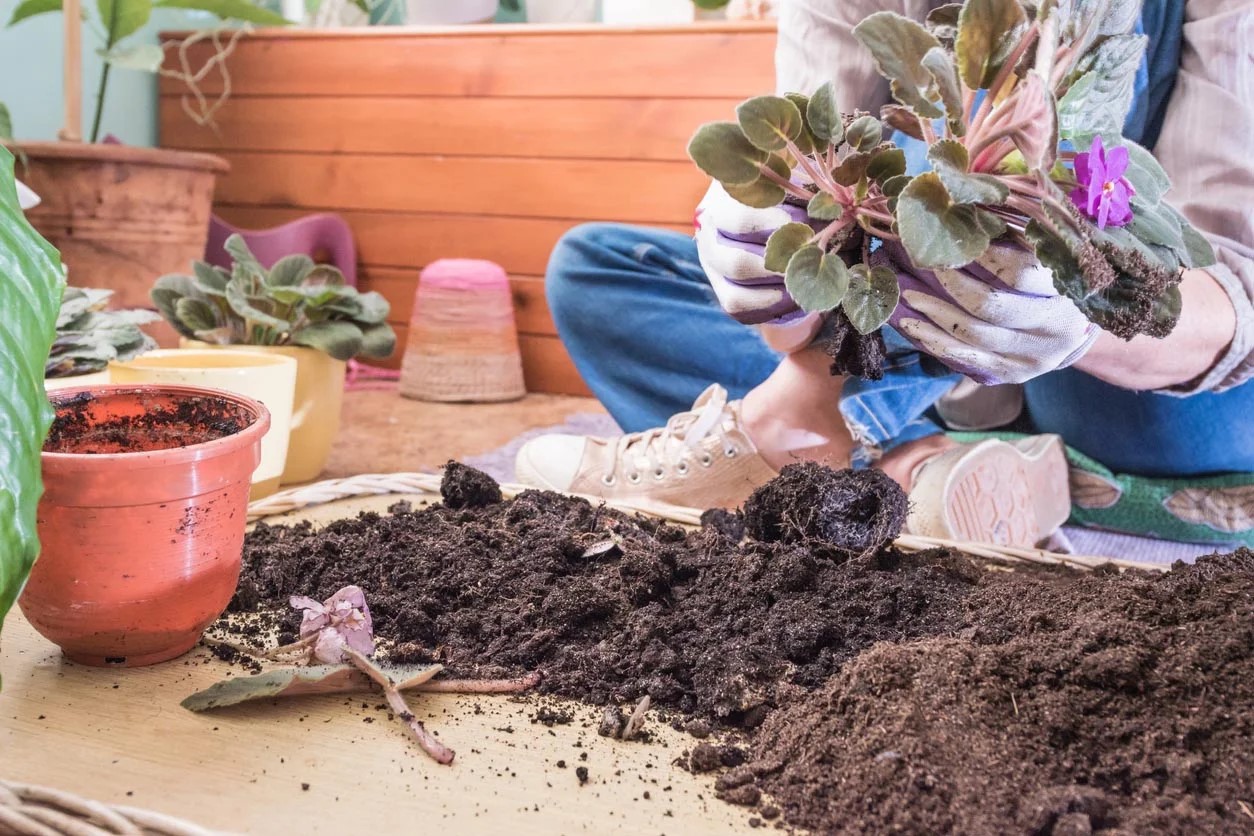
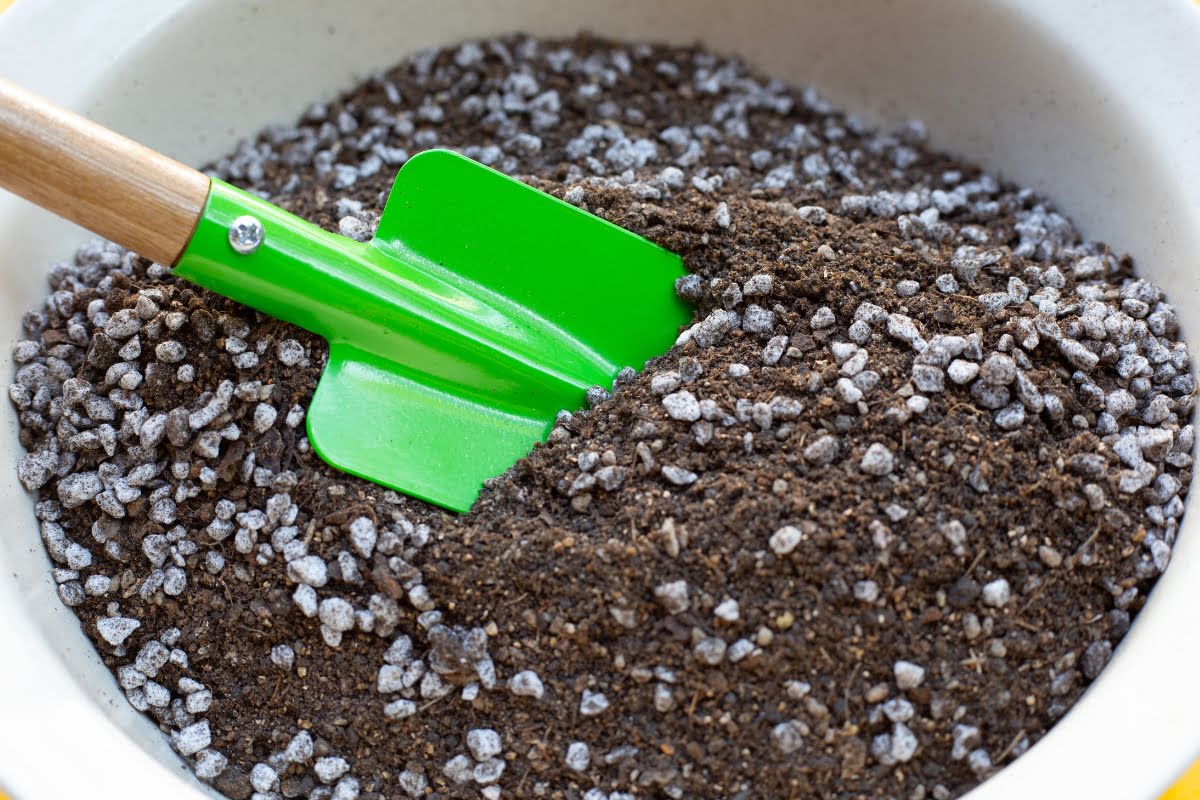
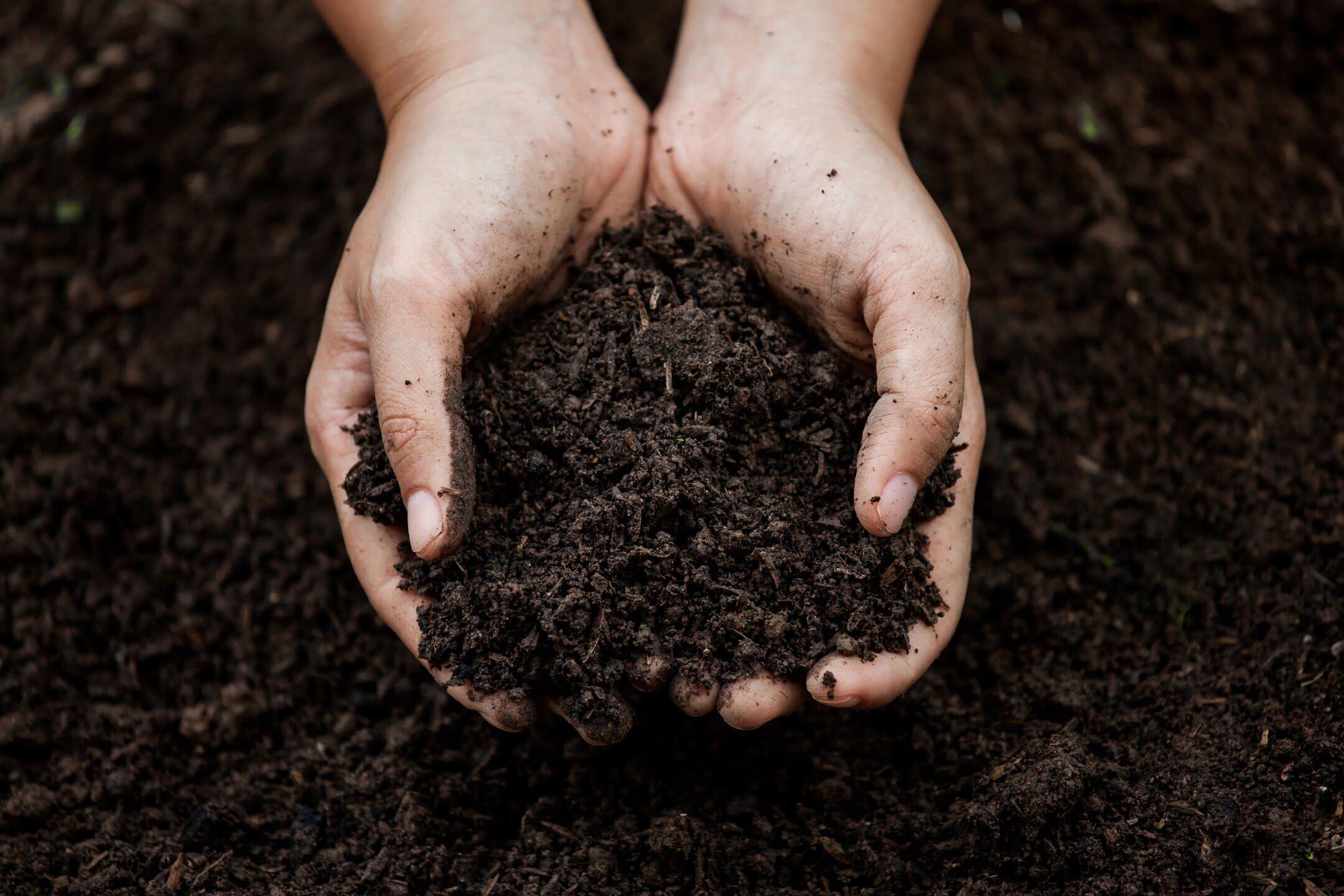
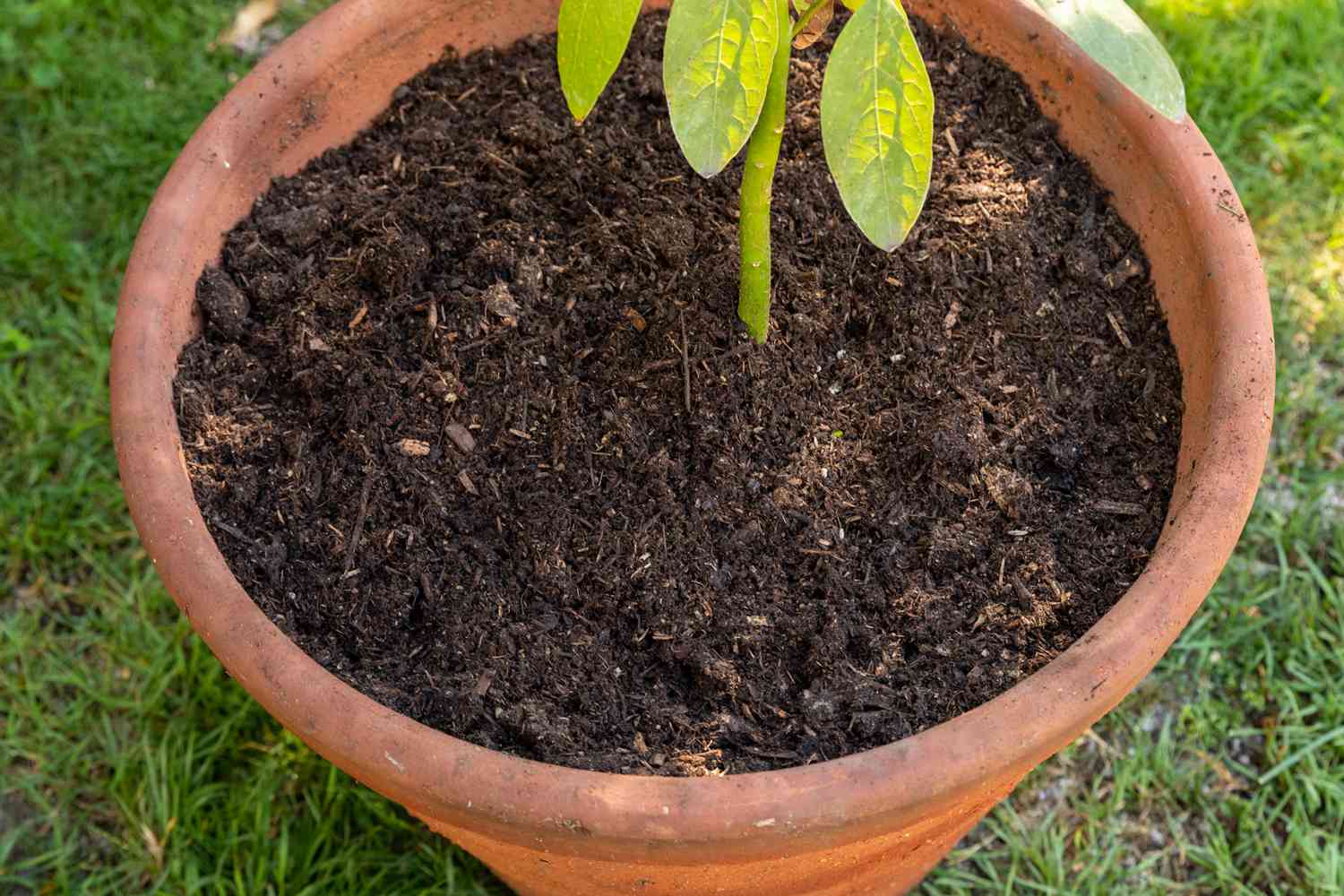
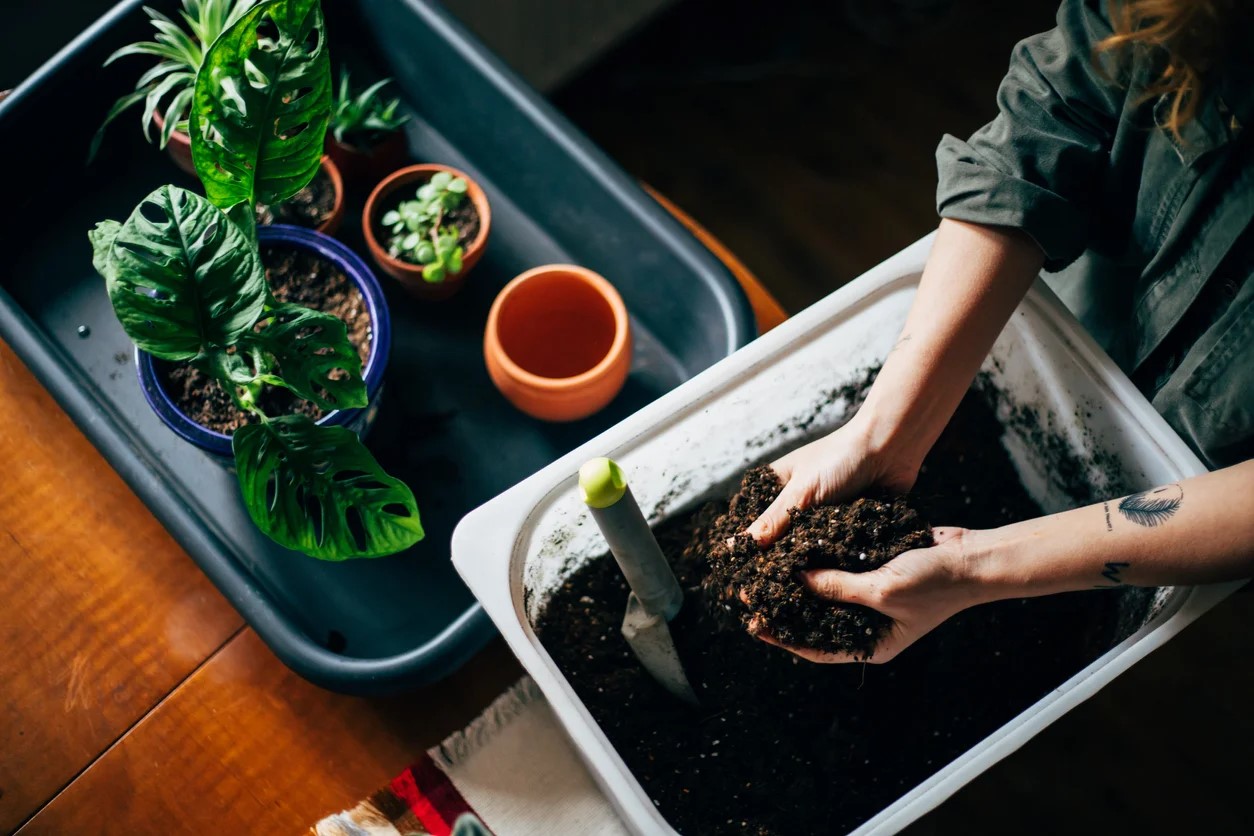
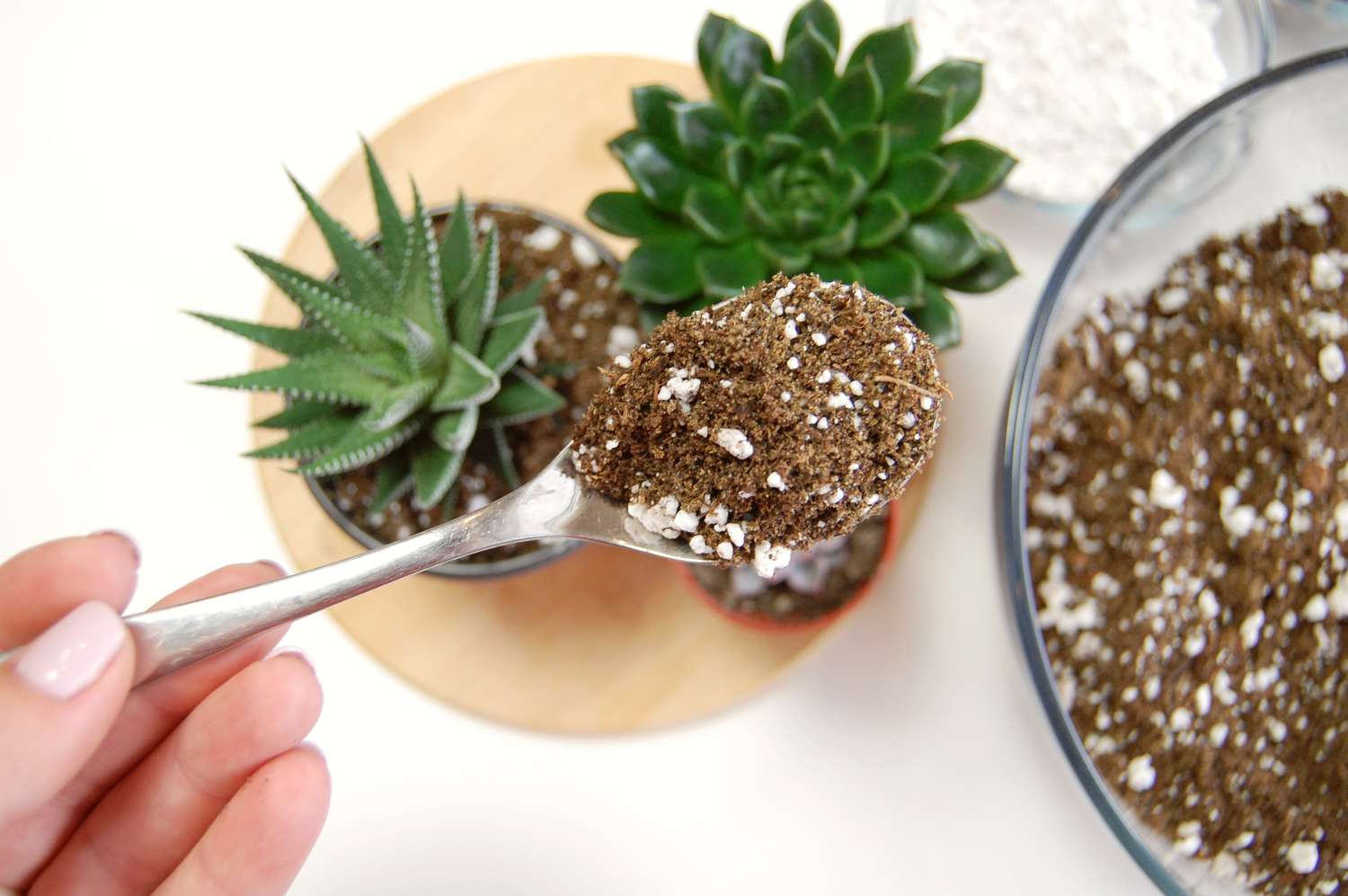
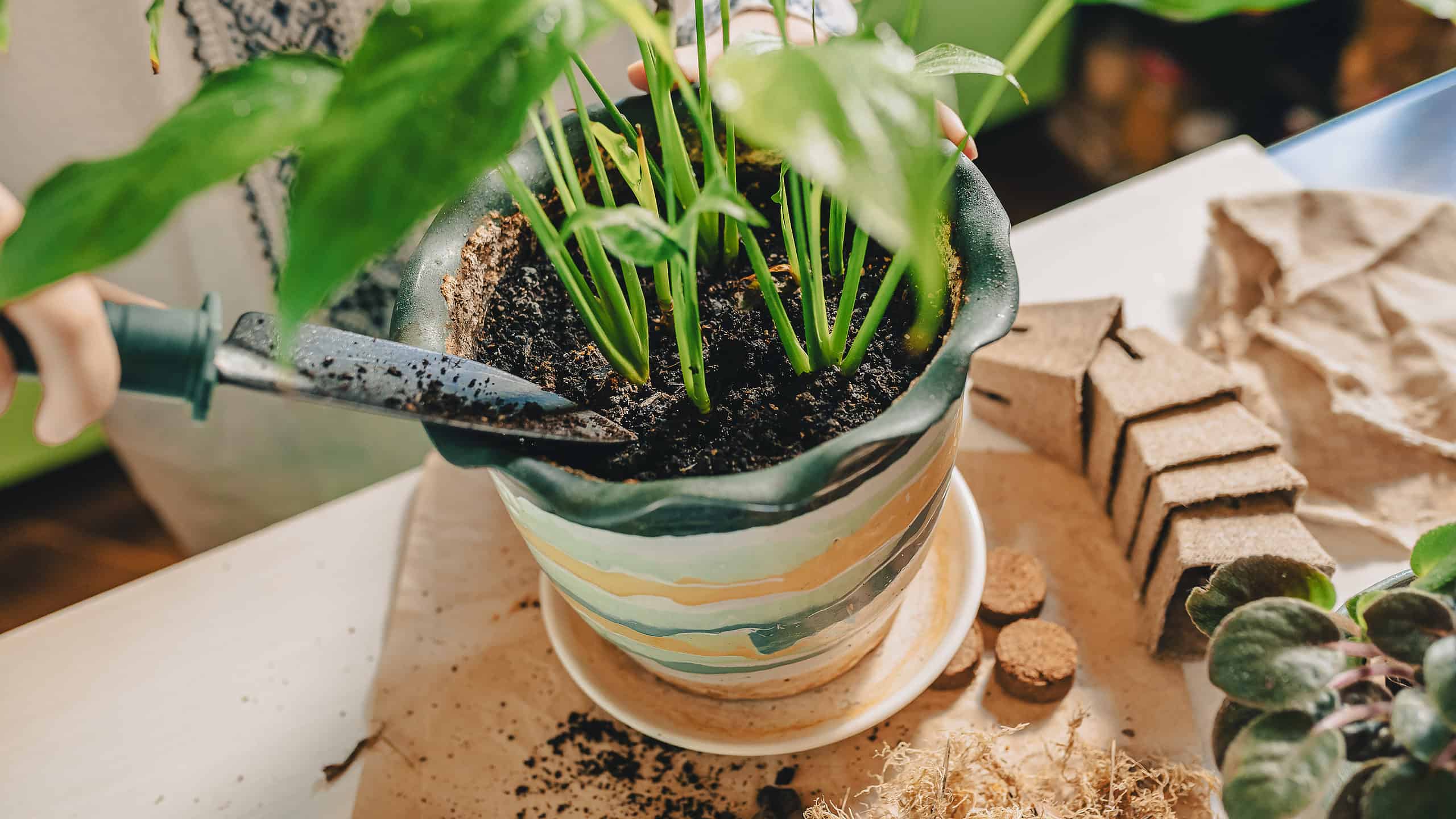
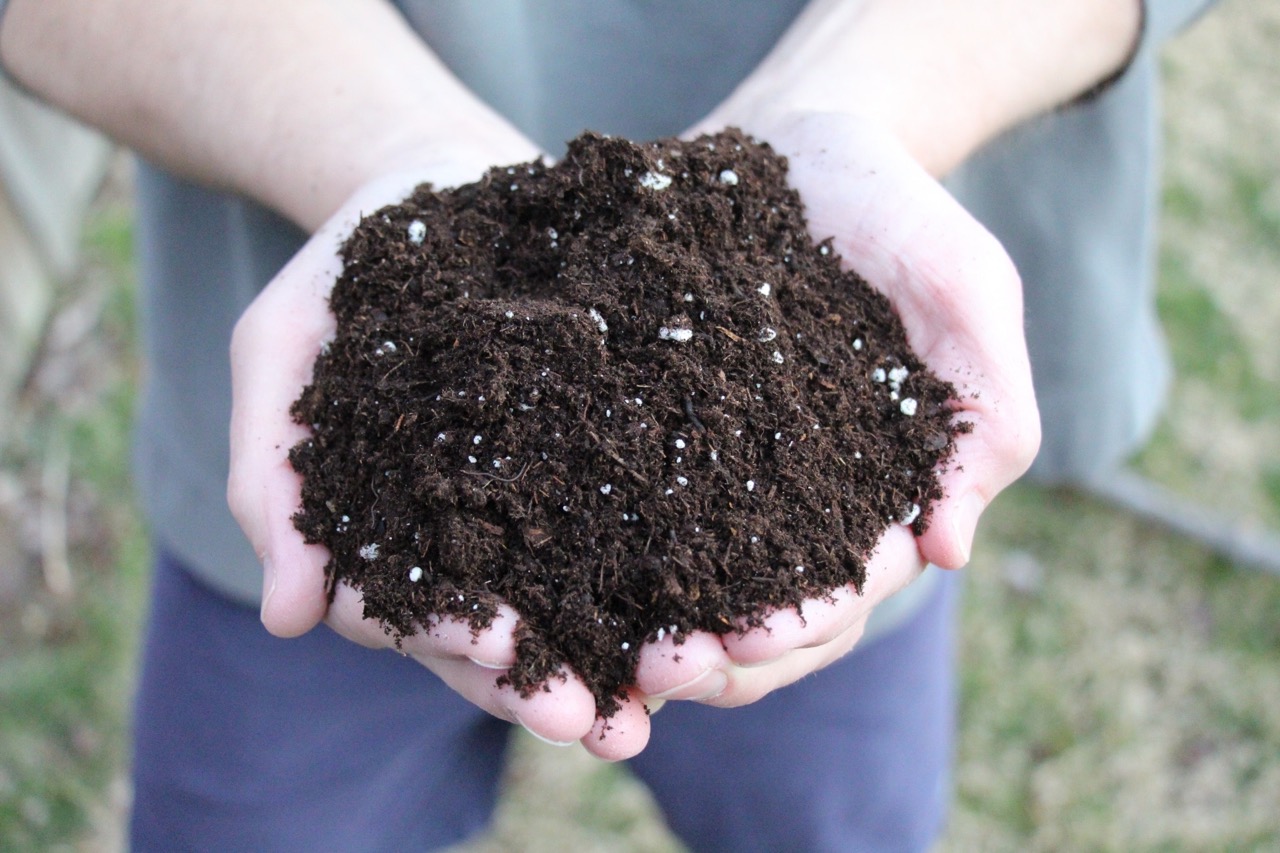
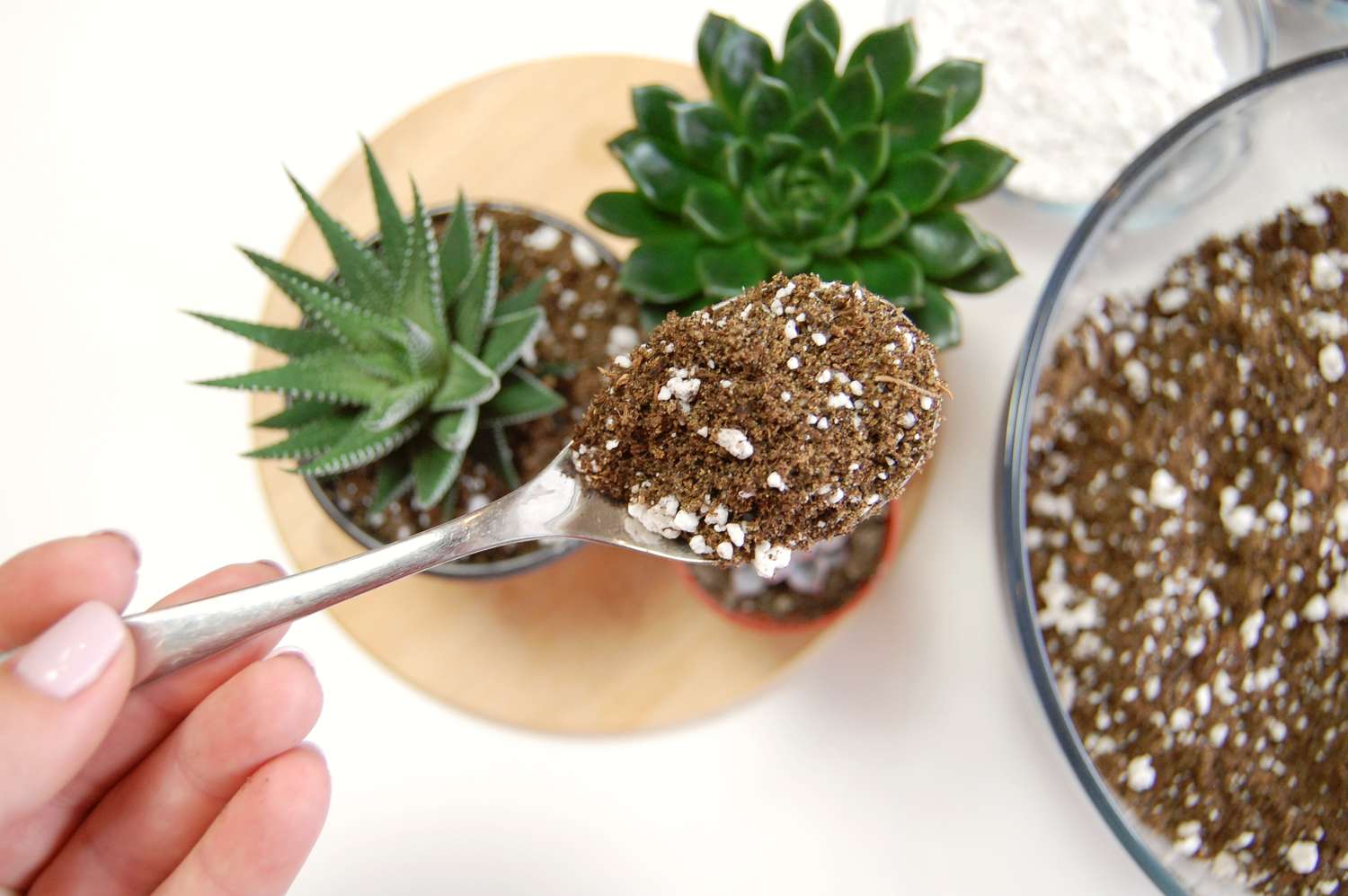
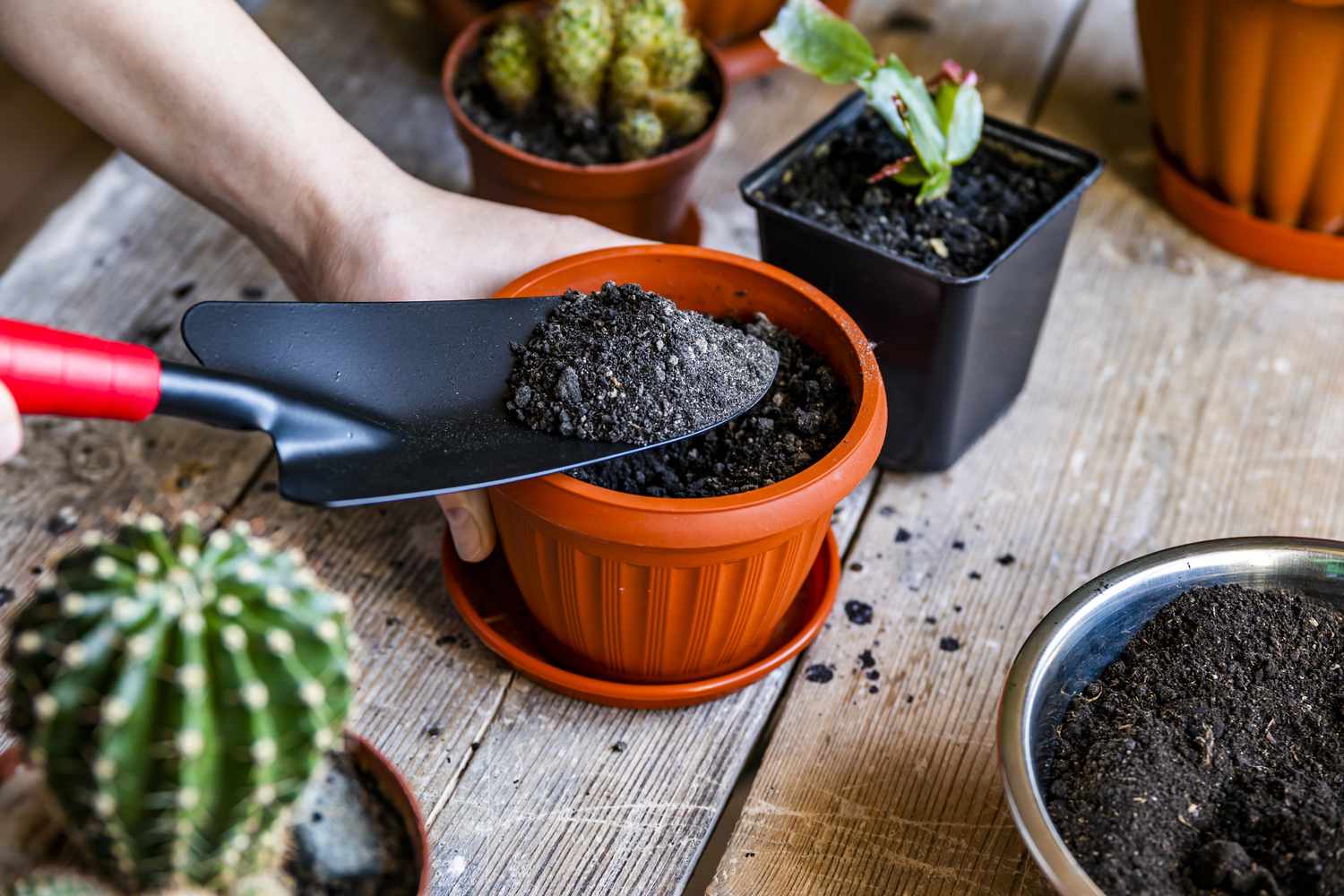

0 thoughts on “How To Make Potting Soil Mix”